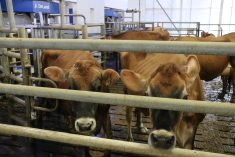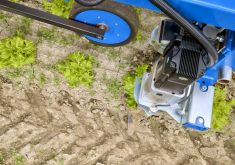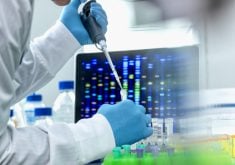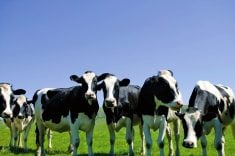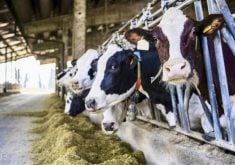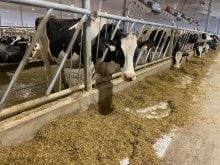A new technology from dairy equipment company DeLaval helps monitor in-barn cow behaviour, with updates every 2.2 seconds.
The company used the 2023 Canada’s Outdoor Farm Show for the official North American launch of its DeLaval Plus Behavior Analysis tool for monitoring in-barn cow behaviour and herd health.
Why it matters: Advancements in artificial intelligence technology have been rapid and numerous over the past two years and businesses serving agricultural customers need to keep up to speed on those advancements so they can be applied on farms.
Read Also
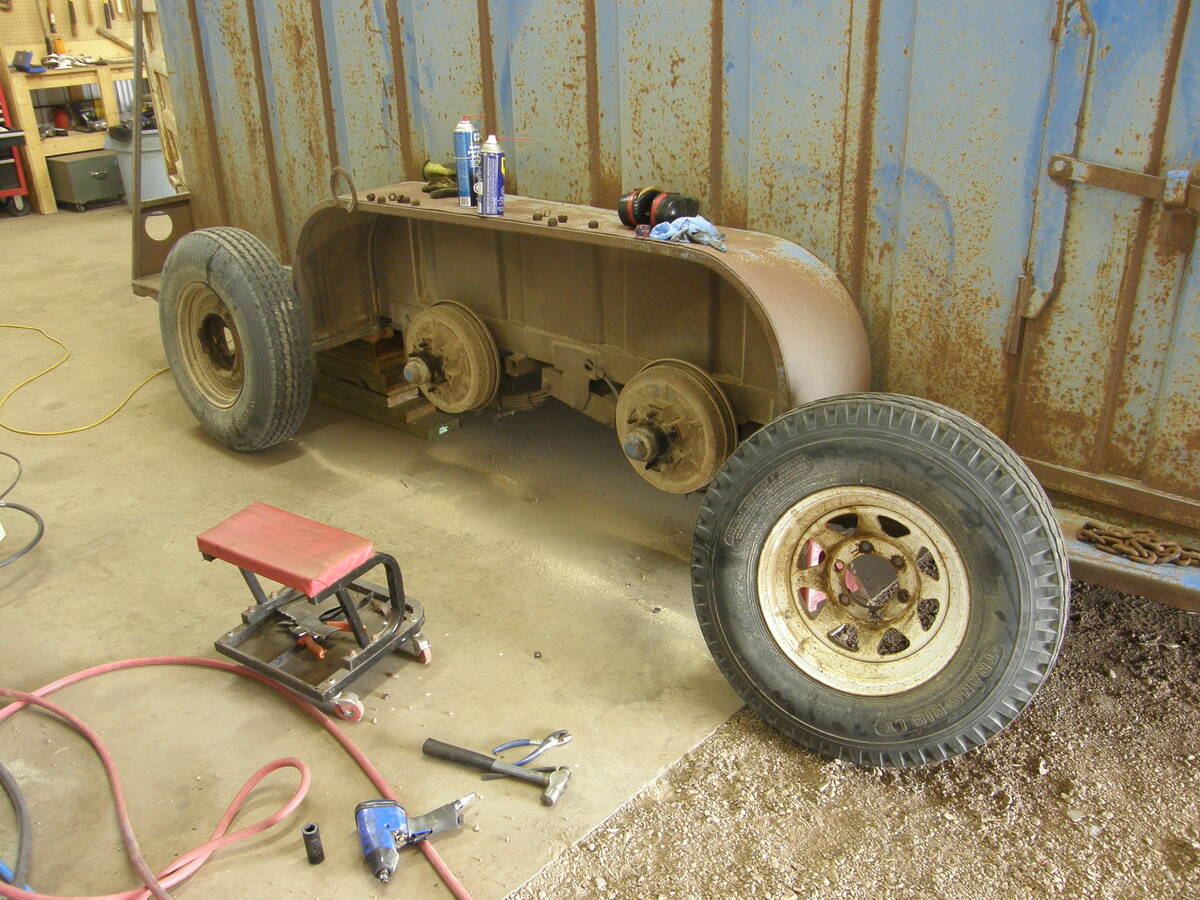
How to overhaul electric trailer brakes
Let’s look at what you’ll find when you pull the wheel hubs off your livestock trailer, and what you need to consider to keep those electrical brakes in good working condition.
The company’s North American business development manager was at the show to explain the system’s benefits over existing dairy data-gathering products.
Sjenk Van Soelen said DeLaval Plus builds on the strengths of the company’s Herd Navigator software partly by adding a suite of cow behaviour monitoring to the existing health and reproductive parameters tracked through milk samples. Herd Navigator is an on-farm laboratory that monitors cows for ketosis and other metabolic diseases and can determine when cows are in heat, cystic or pregnant — all by testing milk.
But the most significant enhancement, he suggests, is the “real-time” nature of DeLaval Plus. The newly developed ear tags send updates to the barn computer, and onto the DeLaval Plus cloud, every 2.2 seconds. This compares to a current industry standard of every 15 minutes — and this is typically not cloud-based but only relays to the barn computer.
With the new ear tags, “you can walk to the cow in the barn in real time with your phone and be within 10 millimetres of the cow. She hasn’t walked away and gone off to another pen by the time you get there,” Van Soelen said.
The company spent four years trialling and refining the system. Van Soelen said a big reason DeLaval strived for real-time access was being able to “show the public that we care about our animals,” he told Farmtario. Farms may be getting larger and larger, with more animals in bigger barns, but consumers want to know that if a cow is sick or ready for calving, the farmer is still able to find her and provide care within minutes.
“We want to get ahead of the public,” he said when asked why the Swedish company is thinking about consumer perceptions.
“Let’s face it: As a company, and as an industry, we need to show the public that we care. We ask the public to drink what we produce and eat what we produce; we need to follow through on what we say we’re going to do on our side.”
For producers, however, there are equally crucial reasons why real-time access to animal information represents a significant improvement over existing cattle-tracking sensor systems.
Jaclyn Riddell, who farms near Listowel with her husband Travis, said in a news release announcing the DeLaval system’s launch that “if the cow is not feeling well, the graph on the computer will tell us before we can see it.”
The Riddells, milking approximately 90 cows in a sand-bedded freestall barn with robotic milkers were recognized in 2022 as one of six Platinum Award winners in the 15th annual Excellence in Dairy Reproduction program presented by the U.S.- based Dairy Cattle Reproduction Council. As one of the DeLaval Plus system pilot herds in Ontario, they began using the system, including its state-of-the-art heat detection capabilities, about two years ago.
Van Soelen noted the award came against a lot of barns across North America that rely significantly more on reproductive hormones than the Riddells’. He believes the DeLaval system played a big role in building the Riddells’ confidence in making reproduction decisions.
A lot of robotic herds may be satisfied with the level of data they get through Herd Navigator, but Van Soelen believes there are many rotary or parlour setups for which this new enhancement would be very attractive.
The ear tags are reusable. When the animal is being shipped, there’s a clip system that allows for the removal of the tag and it can then be applied to a heifer entering the herd.
“We could have come to the market with this four years ago, but we’ve been working on battery life, durability, ease of use. The last thing we want to have is for a bunch of producers to start using these tags and then find out they keep falling out or breaking.”
With its artificial intelligence components, the system is set up to learn from its interactions with a herd’s cows. With every piece of information sent to the cloud, the DeLaval Plus sensors — theoretically at least — become more effective at identifying and interpreting each cow’s behaviour.
“And this is just the thin edge of the wedge. We know there’s so much more to learn,” Van Soelen said.






